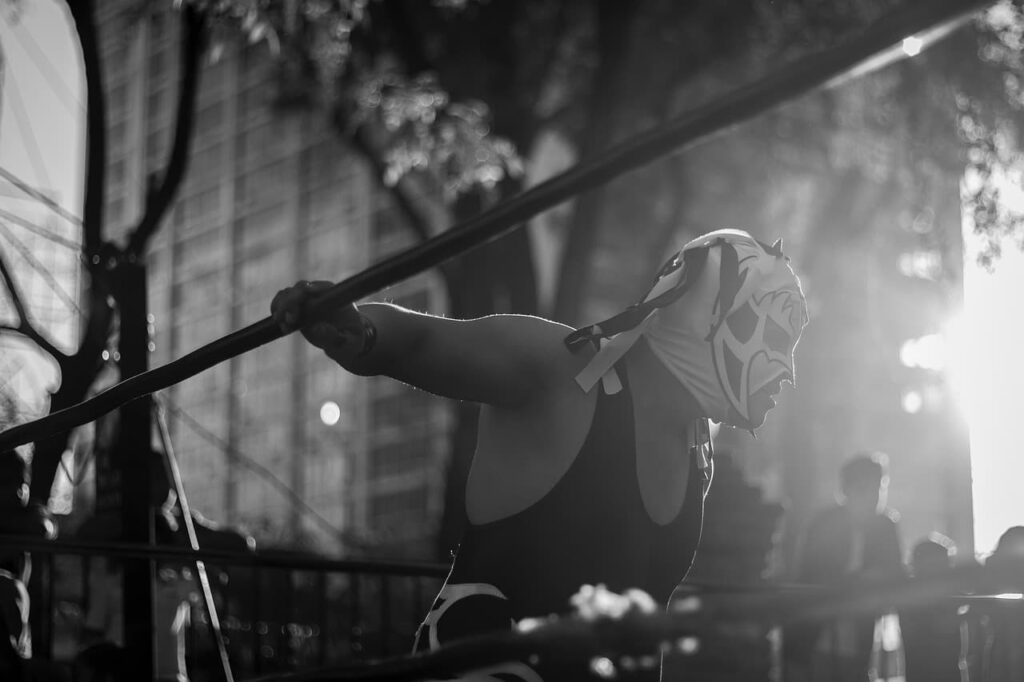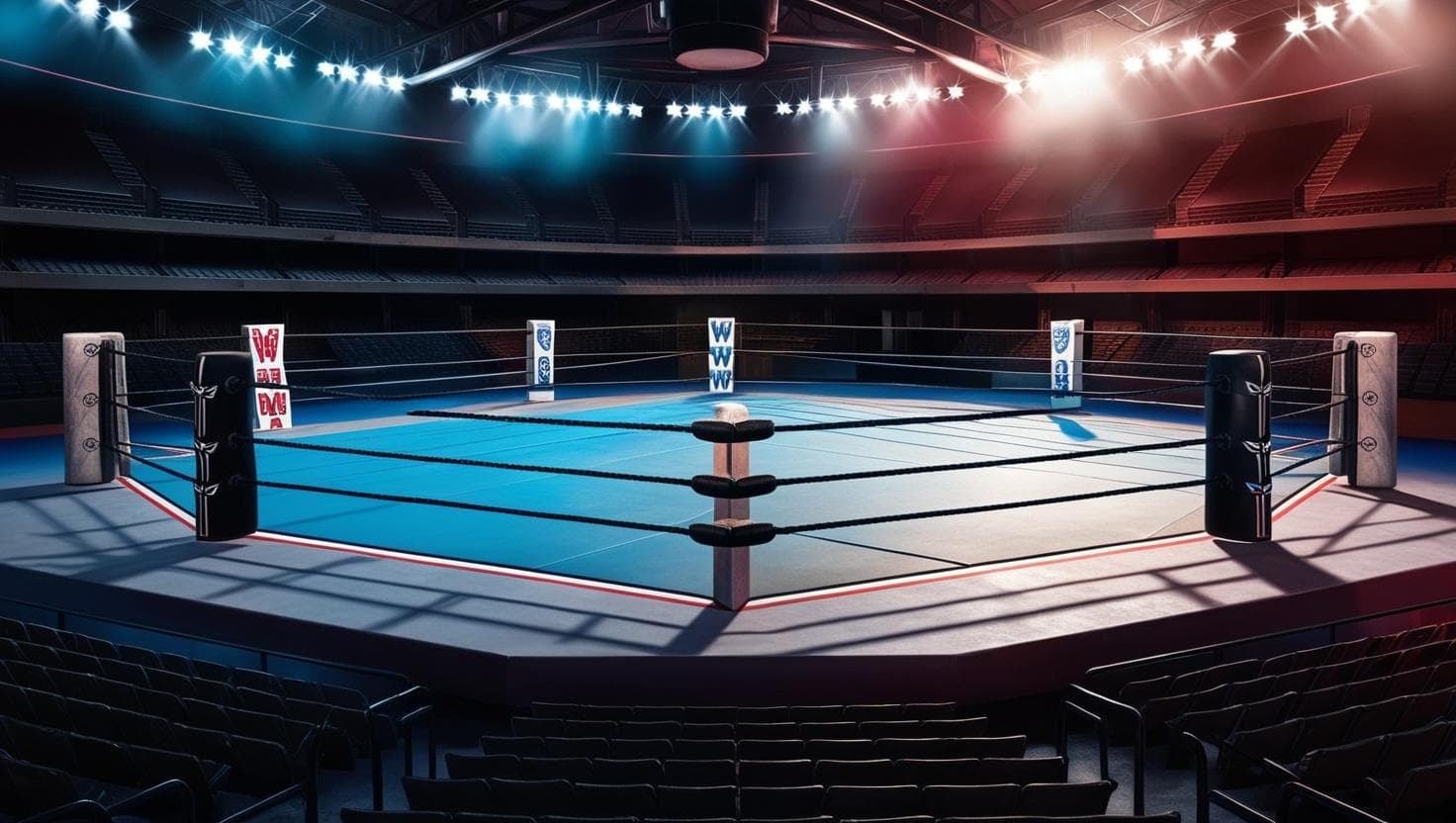Most people think wrestling is just WWE and dramatic storylines. But insiders understand it’s a fascinating collection of distinct cultural art forms.
Each region has developed its own philosophy, technique set, and performance standards that reflect deep cultural values about competition, honour, and entertainment.
If you’re working in sports entertainment, combat sports promotion, or even cultural studies, understanding these regional differences isn’t just academic curiosity. It’s a professional necessity.
Mexico’s Lucha Libre
In Mexico, Lucha Libre operates on principles that most Western promotions completely misunderstand. The mask isn’t a gimmick; it’s intellectual property, brand identity, and cultural artifact rolled into one.

When Rey Mysterio Jr. negotiated his WWE contracts, the mask clause was non-negotiable. From a promotional standpoint, Mexican wrestling has perfected something most territories struggle with: multi-generational brand loyalty.
Families pass down allegiances to specific luchadores like heirloom jewelry. El Santo’s films from the 1960s remain culturally iconic and are still broadcast in Mexico. His son, El Hijo del Santo, commands main event money purely on inherited equity. The technical aspects matter too.
Lucha Libre’s emphasis on high-velocity, low-impact moves creates longer career spans. Moreover, the reverence for aerial techniques in Mexico has directly influenced modern WWE’s emphasis on “moments.”
Japan’s Puroresu
Here’s where things get interesting from a business perspective. Japanese wrestling figured out something American promotions are still chasing: how to maintain suspension of disbelief in an era where everyone knows the outcome is predetermined. What they did is to make the physical punishment so real that the predetermined outcome becomes irrelevant.
When Kenta Kobashi and Mitsuharu Misawa were trading head drops in the Tokyo Dome, audiences weren’t thinking about scripts. They were witnessing legitimate athletic punishment. This “strong style” philosophy has made Japan’s wrestling market one of the most respected in the world.
New Japan Pro Wrestling can charge premium ticket prices because their product is perceived as more legitimate than sports entertainment. That’s brand positioning gold and professional wrestlers should take note: The Japanese system of gradual progression of young lions, excursions, slow builds to main event status, creates more valuable stars than the American system of immediate push-or-bury.
When someone finally reaches the top in Japan, they’ve earned cultural credibility that translates to drawing power. The silence-to-eruption crowd dynamic isn’t just a cultural quirk; it’s sophisticated audience manipulation.
By training fans to react only to genuinely significant moments, Japanese promotions have created the most valuable crowd reactions in the industry.
British Catch Wrestling
Across the pond, the UK brings its own flair with British Catch Wrestling. It’s the oldest of the bunch, raw, technical, and sometimes straight-up mean. Originating from Lancashire, this style is all about holds, counters, and ring IQ. The idea is to trap your opponent, grind them down, and win with finesse over flash.
British fans know their stuff. They appreciate a well-executed wrist lock or a perfectly timed reversal as much as any dramatic leap. Matches aren’t always fast-paced, but they’re smart. Every movement matters.
Catch-as-catch-can wrestling paved the way for many of the mat-based techniques you see around the world today. This is where joint manipulation and chain wrestling were born. Before it was sports entertainment, it was a chess match on canvas.
Icons of the style include “Rollerball” Mark Rocco, Johnny Saint, and Billy Robinson set the bar. More recently, William Regal and Zack Sabre Jr. carried the torch, with Sabre twisting bodies into knots on the world stage. Watch him work, and you’ll see that this isn’t just wrestling.
Different Worlds, Same Ring
Here’s the thing. No matter how different these styles are, whether it’s the aerial poetry of Lucha Libre, the strike-heavy stoicism of Puroresu, or the calculated cruelty of British Catch, they all serve one purpose. To tell a story. To get a crowd to believe. To make you feel something real in a world that’s technically scripted but emotionally raw.
Each country’s version reflects what they value. In Mexico, it’s honor, identity, and spectacle. In Japan, it’s respect, endurance, and authenticity. In the UK, it’s precision, discipline, and technical mastery. And they all feed into each other. Styles blend. Wrestlers travel. Moves migrate. But at their core, these traditions stay rooted in their culture.




